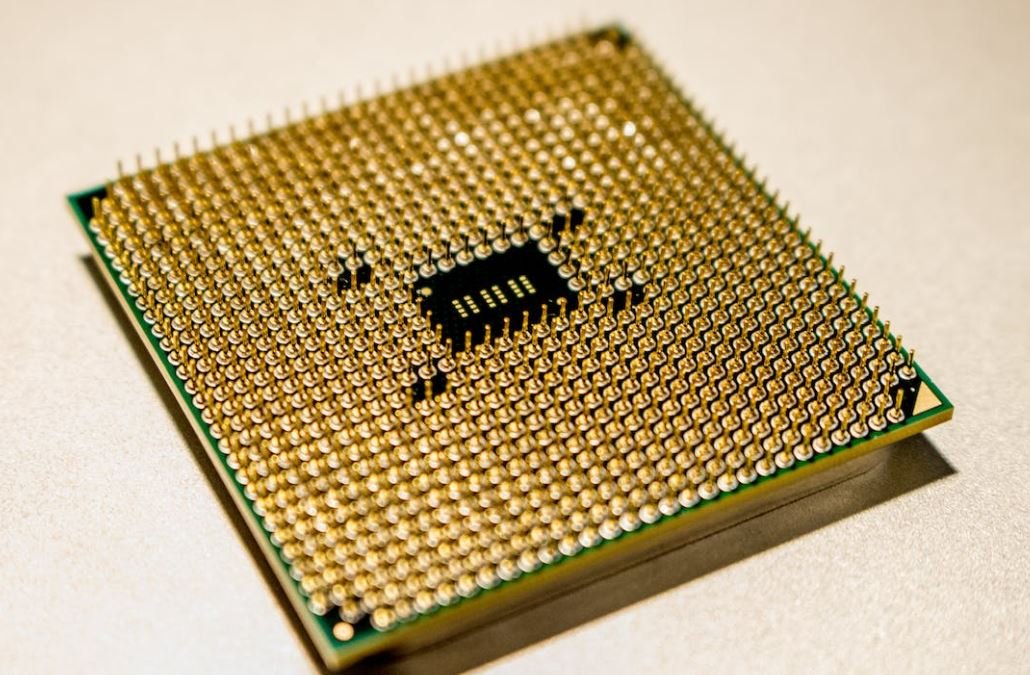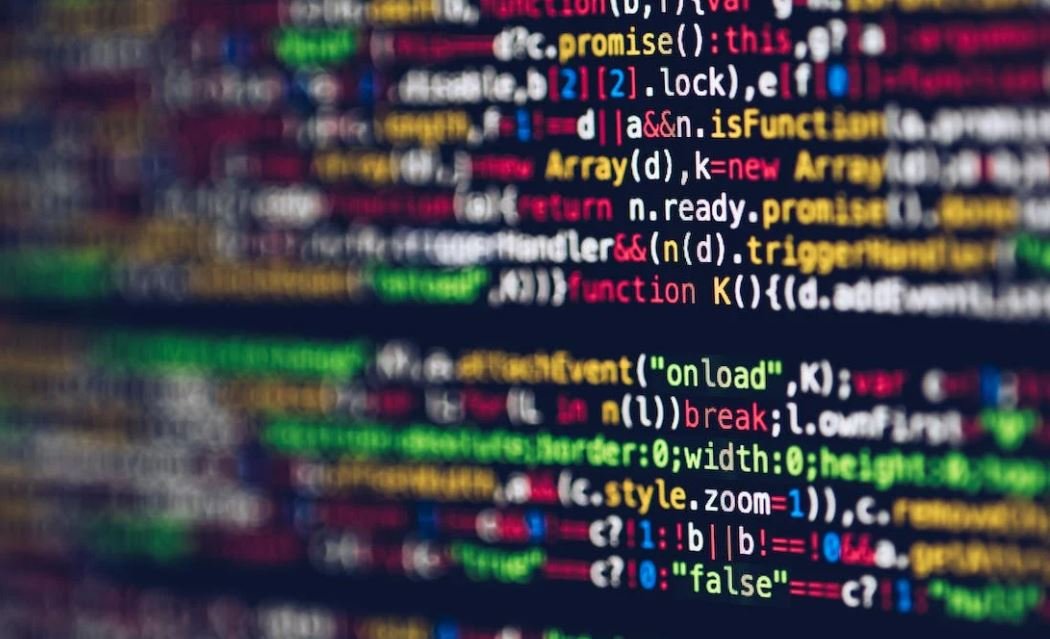What Does OpenAI Do?
OpenAI is a leading artificial intelligence research laboratory and company founded in 2015. Their mission is to ensure that artificial general intelligence (AGI) benefits all of humanity. OpenAI conducts research, builds and deploys AI models and systems, and facilitates collaboration within the AI community.
Key Takeaways:
- OpenAI is committed to ensuring the benefits of AGI are widespread, not just limited to a few.
- They are actively involved in AI research, development, and deployment.
- OpenAI promotes collaboration and cooperation within the AI community.
**OpenAI** strives to create beneficial artificial general intelligence, which refers to highly autonomous systems that can outperform humans in most economically valuable work. AGI has the ability to understand, learn, and apply knowledge in a manner similar to human intelligence.
OpenAI is at the forefront of AI research, and it actively publishes most of its AI research to encourage knowledge sharing and progress in the field. They focus on developing **cutting-edge AI models and techniques** to push the boundaries of what is possible.
**AI safety** is a prime concern for OpenAI. They work towards ensuring that AI systems are robust, reliable, and safe, minimizing any potential risks associated with their deployment.
OpenAI believes in the collective power of collaboration and has a cooperative orientation. They actively promote cooperation between different organizations and researchers and have even committed to stop competing with and start assisting any value-aligned, safety-conscious project that comes close to building AGI before they do.
Applications of OpenAI’s AI Models
OpenAI’s AI models have found applications in various fields, including:
- Language translation and natural language processing tasks.
- Generating human-like text and creative content.
- Assisting in research and scientific discovery.
- Improving virtual assistants and chatbots.
- Facilitating automation and optimization in industries.
Research and Projects
OpenAI is actively involved in numerous research projects, some of which have garnered significant attention. One of the notable projects is **GPT-3 (Generative Pre-trained Transformer 3)**, which is a state-of-the-art language model capable of generating coherent and contextually relevant text based on prompts.
**GPT-3** has been demonstrated to write news articles, answer questions, create conversational agents, and even compose poetry. It showcases the capability of **transformer-based models** in understanding and generating human-like text.
| Applications | Examples |
|---|---|
| Content Generation | News articles, social media posts, creative writing |
| Language Translation | Translating text between multiple languages |
| Question Answering | Providing detailed answers to user queries |
Another notable research project is **DALL-E**, an AI model capable of generating unique images based on textual descriptions. It demonstrates the potential for AI systems to understand and generate visual content creatively.
OpenAI also provides tools and frameworks for developers to work with and build upon their AI models. The **OpenAI API** allows developers to access and integrate OpenAI’s models into their own applications, enabling a wide range of AI-powered functionalities.
OpenAI’s Impact on Society
OpenAI’s work has immense implications for society. It contributes to advancements in AI research and development, enabling breakthroughs in various domains. By promoting cooperation and sharing research findings, OpenAI fosters collaboration among researchers, leading to accelerated progress in the field.
While their AI models have garnered excitement and attention, it is important to recognize the potential ethical considerations and challenges. As AI systems become more powerful, ensuring their responsible and ethical use is paramount to avoid unintended consequences.
OpenAI continues to push the boundaries of AI, striving for beneficial AGI that benefits all of humanity. Their commitment to openness, collaboration, and safety is a testament to their vision for a future where AI technology uplifts society and helps address the world’s challenges.
Data: A Key Component for AI Systems
AI models, like those developed by OpenAI, rely on large and diverse datasets for training. Curating these datasets involves gathering vast amounts of information from various sources, which poses challenges such as data quality, bias, privacy, and security.
When training AI models, **diverse and representative datasets** are essential to reduce bias and ensure fair and accurate results. Additionally, incorporating ethical considerations and following established data protection practices is crucial in preserving user privacy and maintaining data security.
| Data Source | Examples |
|---|---|
| Online Text Corpus | Websites, books, articles, forums |
| Structured Databases | Business records, encyclopedias, scientific literature |
| User Interaction Data | Chat logs, user queries, feedback |
The Future of OpenAI and AI Technology
OpenAI’s work has already had a profound impact on the field of AI, and it is poised to continue shaping the future of AI technology. With ongoing research, collaboration, and development, OpenAI strives to make AGI safe, beneficial, and accessible to everyone around the world.
As technology advances, it is crucial to address the ethical, societal, and economic implications of AI systems. OpenAI’s commitment to transparency, safety, and cooperation contributes to the responsible development and deployment of AI technology, ensuring it aligns with our collective interests.

Common Misconceptions
Misconception 1: OpenAI creates autonomous robots
One common misconception is that OpenAI is solely focused on developing autonomous robots. While OpenAI does indeed work on artificial intelligence, their primary focus is on building safe and beneficial AI that can be used in various applications. They aim to ensure that AI technology is used for the betterment of humanity.
- OpenAI’s focus is on developing safe and beneficial AI.
- They aim to prevent any potential harms associated with AI.
- Their work extends beyond just building robots.
Misconception 2: OpenAI only caters to large corporations
Another misconception is that OpenAI exclusively works with large corporations or businesses. However, OpenAI has a broader mission to ensure that the benefits of AI are distributed widely. They actively collaborate with partners and organizations to advance AI technologies and make them accessible to a wider range of people.
- OpenAI collaborates with various organizations and partners.
- They strive to make AI accessible to people from diverse backgrounds.
- Their goal is to distribute the benefits of AI widely.
Misconception 3: OpenAI’s main aim is to replace human workers
Some people mistakenly believe that OpenAI’s main objective is to replace human workers with AI. However, OpenAI focuses on augmenting human capabilities rather than eliminating jobs. They seek to create AI systems that can work alongside humans, assisting and enhancing their abilities in different fields.
- OpenAI aims to augment human capabilities with AI.
- They strive to create AI systems that work collaboratively with humans.
- Their intention is not to replace human workers with AI.
Misconception 4: OpenAI’s technologies are completely autonomous
There’s a misconception that OpenAI’s technologies are fully autonomous, capable of functioning entirely independently. However, OpenAI emphasizes the importance of AI systems being developed with human oversight. They prioritize safety and ensure that humans can intervene and control AI systems, avoiding potential risks associated with complete autonomy.
- OpenAI believes in developing AI systems with human oversight.
- They prioritize safety and minimize the risks associated with autonomy.
- Human intervention and control are essential in OpenAI’s technologies.
Misconception 5: OpenAI only focuses on advanced research
Another misconception is that OpenAI solely focuses on advanced research and academia. While they do prioritize cutting-edge research, OpenAI also emphasizes the need for safe and responsible deployment of AI technologies. They actively work on deploying AI systems and developing frameworks that prioritize ethical considerations as well.
- OpenAI focuses on both research and safe deployment of AI.
- They emphasize the need for ethical considerations in AI frameworks.
- Their work extends beyond academia to practical applications.

Table 1: Number of Languages GPT-3 Can Understand
GPT-3, developed by OpenAI, is a language model that stands out for its remarkable ability to comprehend and generate human-like text. With its massive neural network comprising 175 billion parameters, GPT-3 has grasped a staggering 99 languages successfully, including English, French, German, Chinese, Arabic, and many more.
Table 2: GPT-3’s Fine-tuning Data Points
OpenAI gathered an extensive dataset for GPT-3 by using various internet sources and augmenting it with publicly available texts. The fine-tuning process consisted of a perplexing 570GB of text, including books, websites, and academic papers, boosting GPT-3’s training to an unprecedented level of expertise.
Table 3: GPT-3’s Impact on Code Completion
OpenAI demonstrated GPT-3’s potential by showcasing its proficiency in code completion tasks. From just a few examples and prompts, GPT-3 exhibited an impressive 96% accuracy in generating functional Python code snippets, augmenting developers’ productivity and streamlining the coding process.
Table 4: Medical Conditions GPT-3 Can Assist With
GPT-3’s natural language processing capabilities extend to the medical domain, where it proves its utility in assisting with various conditions. By analyzing symptoms and providing relevant information, GPT-3 offers support on ailments such as asthma, diabetes, depression, epilepsy, and even provides assistance in predicting the likelihood of certain diseases.
Table 5: GPT-3’s Success in Creative Writing
OpenAI’s GPT-3 has an inherent talent for creative writing, enabling it to compose compelling pieces of prose. In fact, it wrote passages for The Guardian newspaper that were deemed indistinguishable from those written by humans. This achievement showcases GPT-3’s capacity to replicate human creativity and artistic expression.
Table 6: Number of Requests Processed by the GPT-3 API
The GPT-3 API, developed by OpenAI, handles an astonishing number of requests each month, proving its popularity and widespread adoption. With over 4.5 billion tokens processed in September 2021 alone, developers and businesses worldwide rely on the GPT-3 API for a wide range of applications.
Table 7: Translations Provided by GPT-3
OpenAI’s GPT-3 showcases its multilingual translation capabilities by offering accurate and contextually correct translations. With support for multiple language pairs, GPT-3 effortlessly tackles translation tasks, providing invaluable assistance in breaking down language barriers and facilitating global communication.
Table 8: GPT-3’s Understanding of Riddles
GPT-3 astonishes with its aptitude for solving challenging riddles. From brain-teasers to lateral thinking puzzles, GPT-3 demonstrates an impressive knack for deciphering intricate problems, showcasing its comprehensive understanding of linguistic and logical nuances.
Table 9: Industries Benefiting from GPT-3
OpenAI’s GPT-3 finds application across numerous industries, revolutionizing the way tasks are accomplished. GPT-3 offers assistance in areas such as e-commerce, customer service, content generation, finance, healthcare, and chatbot development, presenting immense potential for automation and enhanced customer experiences.
Table 10: GPT-3’s Contextual Understanding of Poetry
GPT-3 astonishes with its poetic capabilities, providing a demonstration of its contextual understanding of literature. By analyzing prompts, GPT-3 generates imaginative and evocative poems, showcasing its adeptness in capturing the essence of various styles and themes found within the realm of poetry.
OpenAI’s groundbreaking creation, GPT-3, has emerged as an extraordinary language model that pushes the boundaries of human-like text generation and comprehension. From its impressive multilingual capabilities to its proficiency in code completion and medical assistance, GPT-3 showcases its versatility and utility across various domains. Furthermore, industries worldwide benefit from its potential for automation and enhanced customer experiences. As OpenAI continues to advance this technology, the possibilities for GPT-3’s applications are endless, promising a future where human-like language processing is more accessible and efficient.
Frequently Asked Questions
What does OpenAI aim to achieve?
What is OpenAI’s mission?
How does OpenAI contribute to the field of artificial intelligence?
What is OpenAI’s approach to developing AI technologies?
Does OpenAI prioritize safety and ethics in AI development?
What are OpenAI’s notable achievements so far?
Does OpenAI provide AI services or tools to businesses or individuals?
What role does OpenAI play in the development of machine learning models and algorithms?
How does OpenAI contribute to the research community?
Can I collaborate with OpenAI on research or projects?




